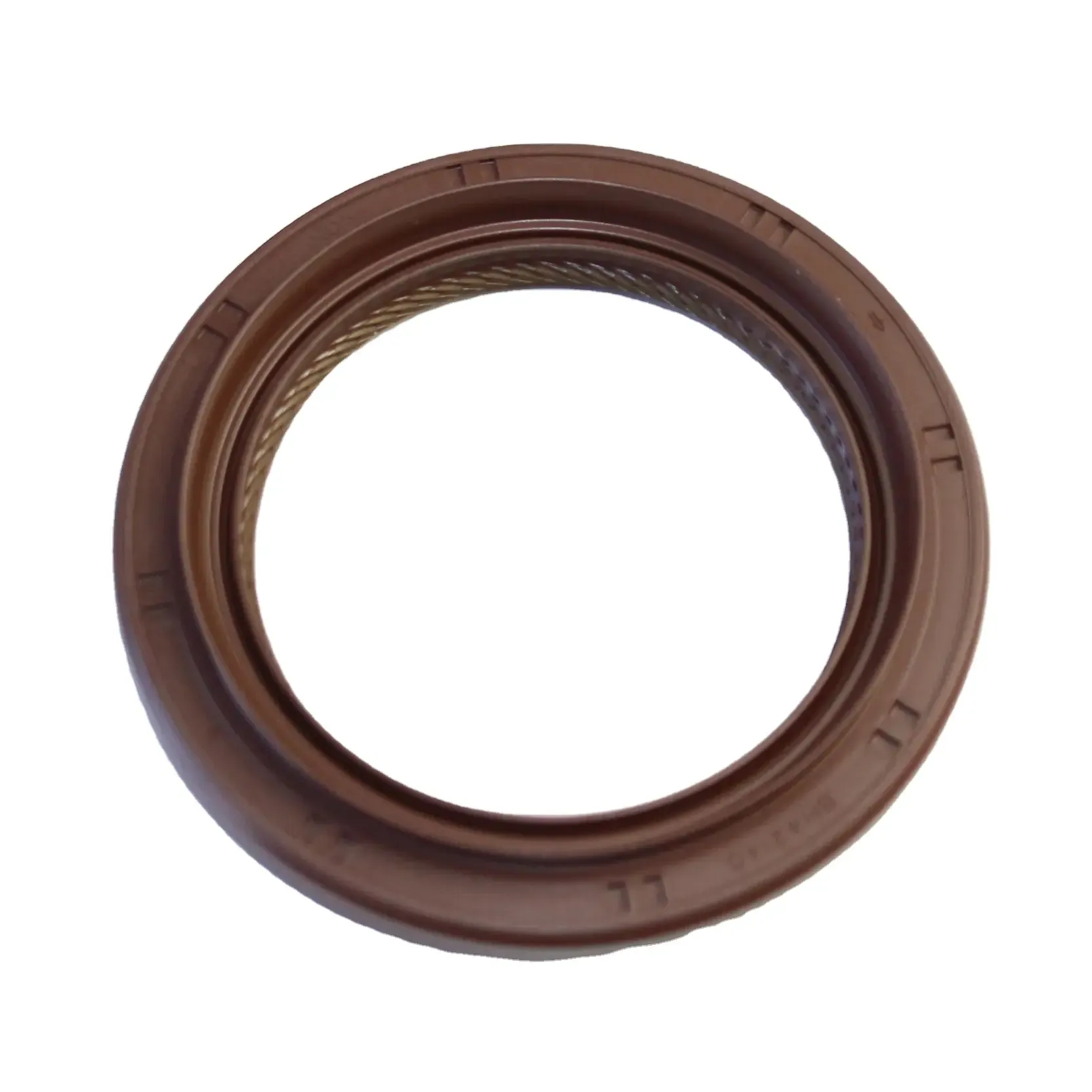power steering pressure hose seal
Understanding Power Steering Pressure Hose Seals
Power steering is a crucial component in modern vehicles, providing drivers with the ease and control needed for steering. One of the essential parts of the power steering system is the power steering pressure hose, which carries high-pressure fluid from the power steering pump to the steering gear. However, to ensure the efficiency and longevity of this system, the seals used in conjunction with these hoses are of paramount importance. In this article, we will explore the significance of power steering pressure hose seals, their types, common issues, and maintenance tips.
The Role of Power Steering Pressure Hose Seals
The power steering pressure hose transports hydraulic fluid, which helps in reducing the effort needed to steer the vehicle. However, if this system is compromised by leaking hoses or damaged seals, the efficiency of steering will diminish, leading to increased steering effort and potential safety hazards. Seals serve as a barrier to contain the high-pressure fluid within the hose and prevent it from leaking out. A properly functioning seal is vital for the system’s overall effectiveness and the vehicle’s performance.
Types of Power Steering Pressure Hose Seals
There are several types of seals used in the power steering pressure hose assembly, including
1. O-Rings These circular seals are often made from rubber or synthetic materials. They are designed to fit into a groove on the hose connection and provide a tight seal to prevent leakage.
2. Flat Seals Also known as washers, these flat seals are typically used in applications where a larger sealing surface is required. They provide a good seal against flat surfaces but may not be suitable for all connections.
3. Crimped Seals In some hoses, seals are crimped at the ends to secure the connection tightly. This method is often employed in high-pressure applications, ensuring no fluid escapes under pressure.
4. Banded Seals These seals are reinforced with bands and are designed to withstand higher pressures and temperatures, making them suitable for more demanding environments.
Common Issues with Power Steering Pressure Hose Seals
Like any other component in a vehicle, power steering pressure hose seals can wear out or get damaged over time. Here are some common issues associated with them
power steering pressure hose seal

1. Leaking Seals The most obvious sign of a failing seal is a leak. If you notice fluid pooling under your vehicle or a low fluid level in the reservoir, it may indicate that one or more seals are compromised.
2. Wear and Tear Continuous exposure to heat, pressure, and hydraulic fluid can cause seals to deteriorate. Cracking or hardening of the material can lead to failures, requiring immediate attention.
3. Improper Installation If seals are not installed correctly, they can fail prematurely. It’s essential to follow the manufacturer’s guidelines during the installation of new seals or hoses.
4. Contamination Dirt and debris can cause seals to wear out faster. It is crucial to keep the area around the seals clean to prolong their lifespan.
Maintenance Tips for Power Steering System
To ensure the longevity of your power steering pressure hose seals and the overall system, consider the following maintenance tips
1. Regular Inspections Periodically check your power steering system for any signs of leaks or wear. Early detection can help prevent more significant issues.
2. Fluid Replacement Power steering fluid should be replaced according to the manufacturer’s recommendations. Old or contaminated fluid can affect system performance and damage seals.
3. Professional Service If you notice any unusual symptoms, such as whining noises while steering, difficulty in turning the wheel, or fluid leaks, consult a professional mechanic. Timely service can save you costs associated with extensive repairs.
4. Use Quality Parts When replacing hoses or seals, always opt for high-quality parts that meet or exceed OEM specifications to ensure compatibility and reliability.
Conclusion
The power steering pressure hose seal is a small but critical component of a vehicle's steering system. Understanding its role and maintaining it properly can significantly enhance the performance and safety of your vehicle. Regular inspections, timely replacements, and proper techniques during installation will keep your power steering system in optimal condition, ensuring a smooth and safe driving experience. After all, effective steering not only contributes to comfort but also to safety on the road.
-
Simplifying Oil Changes: A Comprehensive Guide to Oil Drain Plugs and Their Variants
News Aug.04,2025
-
Mastering Oil Drain Maintenance: Solutions for Stripped, Worn, and Upgraded Oil Plugs
News Aug.04,2025
-
Fixing Oil Pan Plug Issues: Leaks, Stripped Nuts, and the Right Replacement Solutions
News Aug.04,2025
-
Everything You Need to Know About Oil Drain Plugs: Sizes, Fixes, and Upgrades
News Aug.04,2025
-
Choosing the Right Oil Drain Plug: A Guide to Sizes, Materials, and Drain Innovations
News Aug.04,2025
-
A Complete Guide to Automotive Drain Plugs: Types, Problems, and Innovative Solutions
News Aug.04,2025
-
The Ultimate Guide to Car Repair Kits: Tools and Essentials Every Driver Should Own
News Aug.01,2025
Products categories















